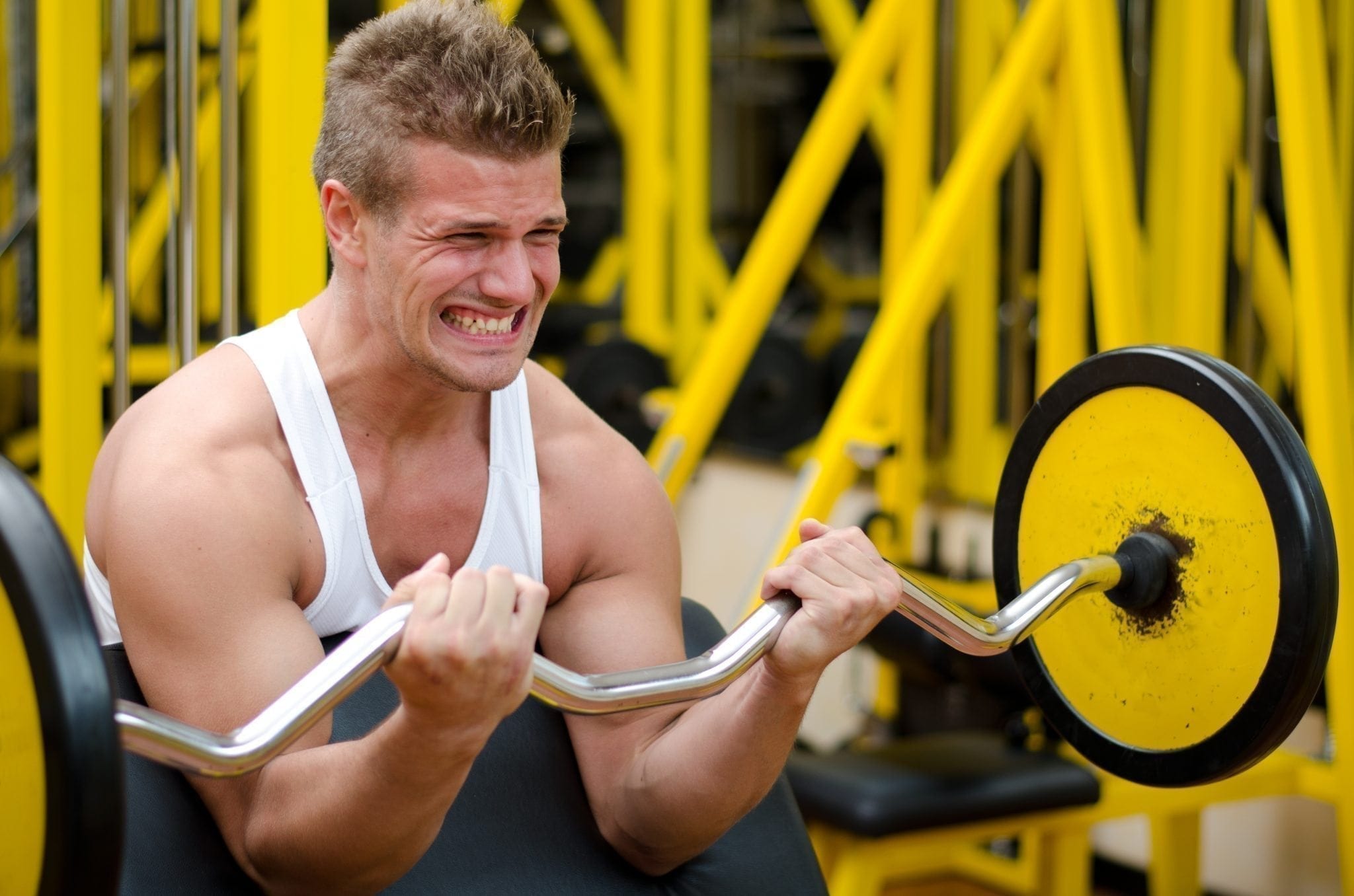As a physical therapist, sometimes it’s hard for me to go to the gym without looking around and seeing injuries waiting to happen. In my experience, when there is poor form, there is usually injury to follow. This is especially true when you add weights to the mix. When used the right way, weights can be a great and effective addition to your fitness routine. When used incorrectly, you’re just setting yourself up to get hurt.
If you’ve made the effort to get to the gym, you should be getting the most out of your exercises and, at the very least, not hurting yourself in the process. That said, here are some easy ways to figure out what weight level is right for you.
Go through all of your exercises in front of a mirror with your bodyweight only. Perform each move in a slow, controlled manner, carefully watching your form.
If you can’t correctly perform the exercise without weights, then you definitely shouldn’t try to do it with weights.
If you can, try the move with the lightest weights. If that feels too easy, work your way up until you find a weight that challenges you without compromising your form.
Never sacrifice form for weight. You won’t get optimal results and will most likely create muscular imbalances.
Understand what muscles each exercise is supposed to target, and make sure you are feeling it in the right places.
Here are cues to watch for in three common weighted exercises that most people get wrong:
1. Bicep Curls
Common injuries when done incorrectly: Neck strain and low back pain.
Do: Keep your shoulder blades down and back.
Don’t: Feel your back working, lean too far back, or shrug your shoulders.
2. Weighted Squats
Common injuries when done incorrectly: Knee and back pain.
Do: Keep your back as straight as possible. You should also be able to see your toes over your knees.
Don’t: Lean forward or round your mid-back. If you can’t see your toes over your knees, you are bending too far forward.
3. Bench Press
Common injuries when done incorrectly: Shoulder issues.
Do: Make sure you are lifting equally through your arms.
Don’t: Hike one shoulder higher than the other, and definitely do not bounce the bar off of your chest.
While you might think using the 50-pound weight during your bicep curl will accelerate your progress, you’re actually creating imbalances in your body and heading down a road to injury. Start small and work your way up gradually. You will get the results because your body will be balanced.




